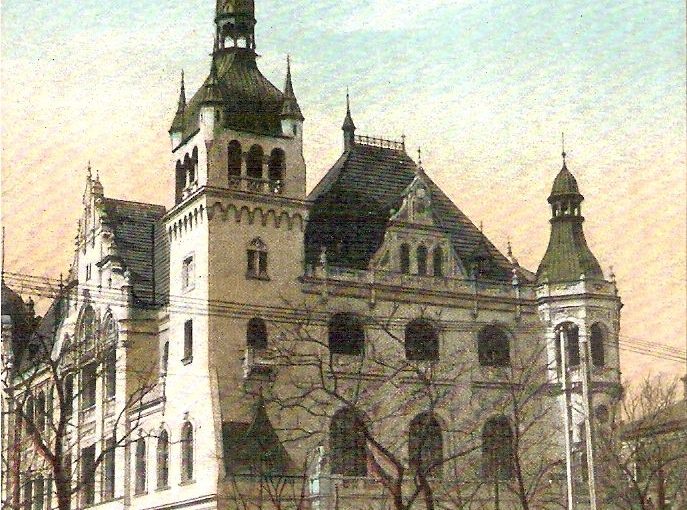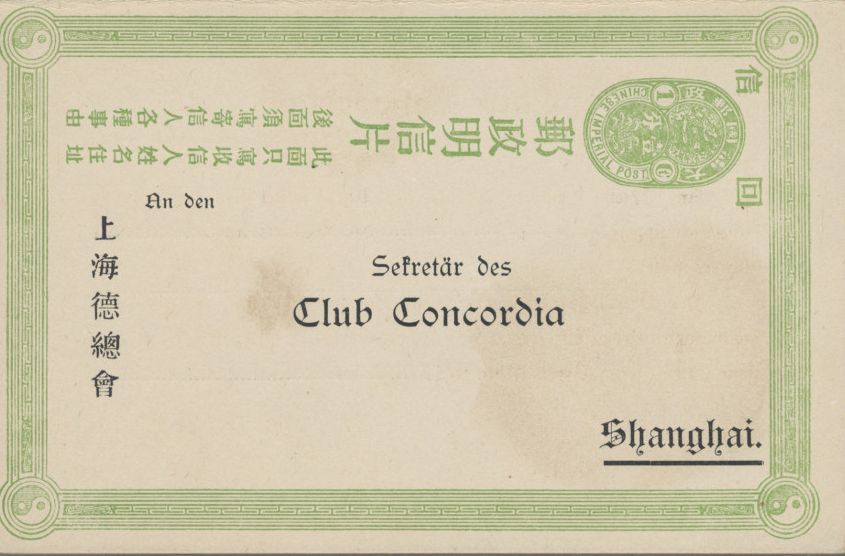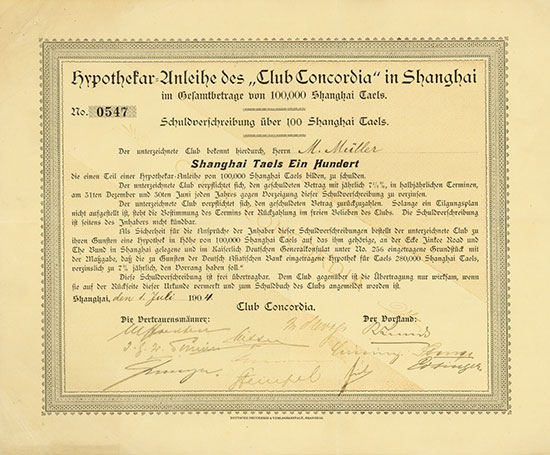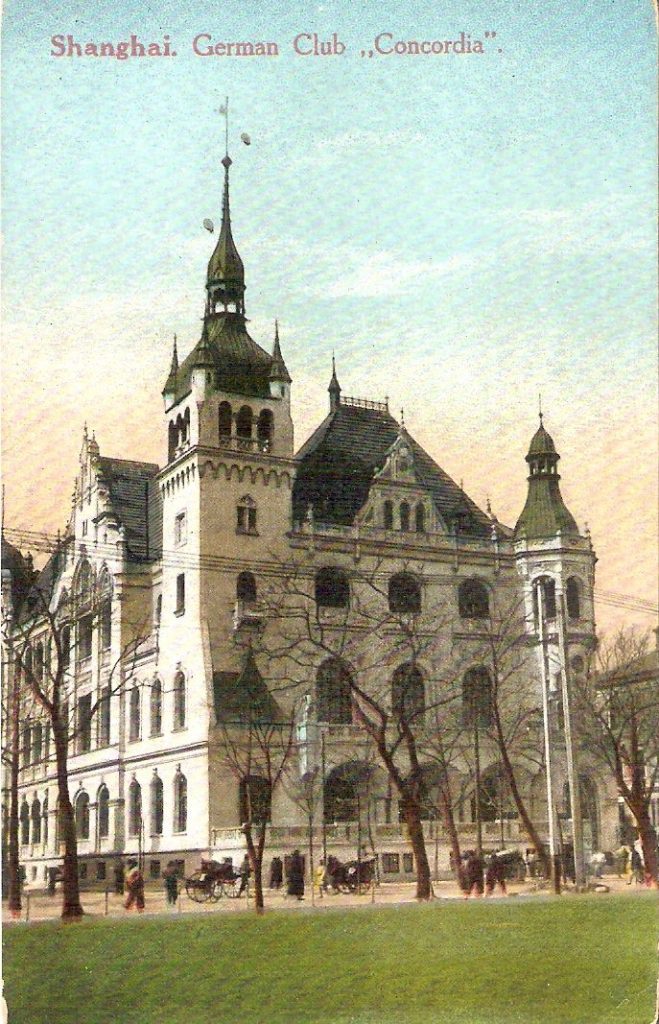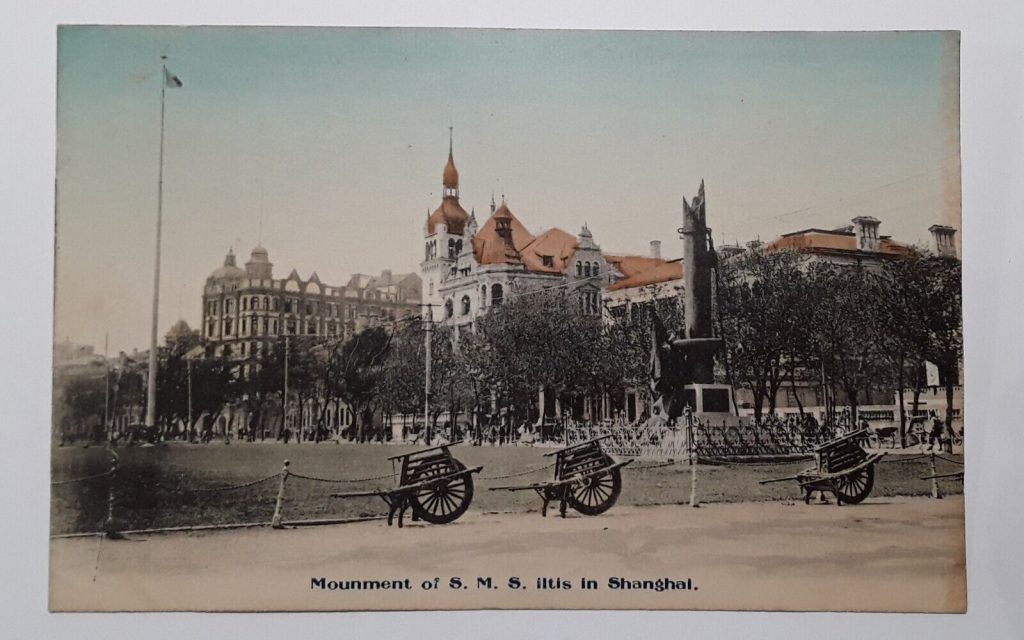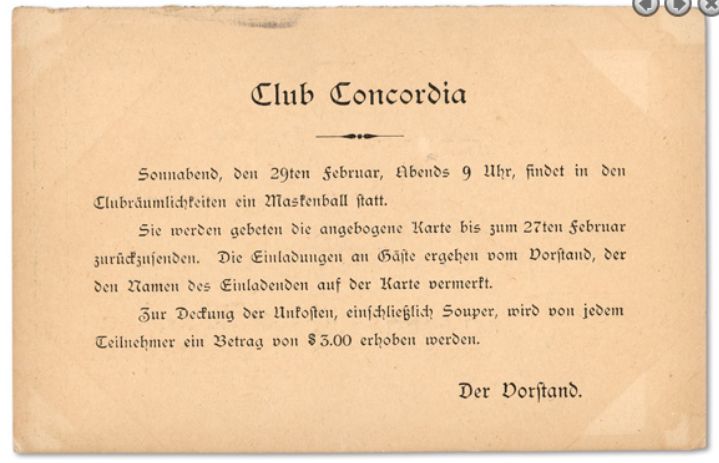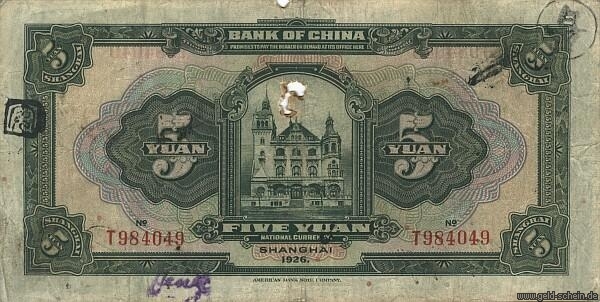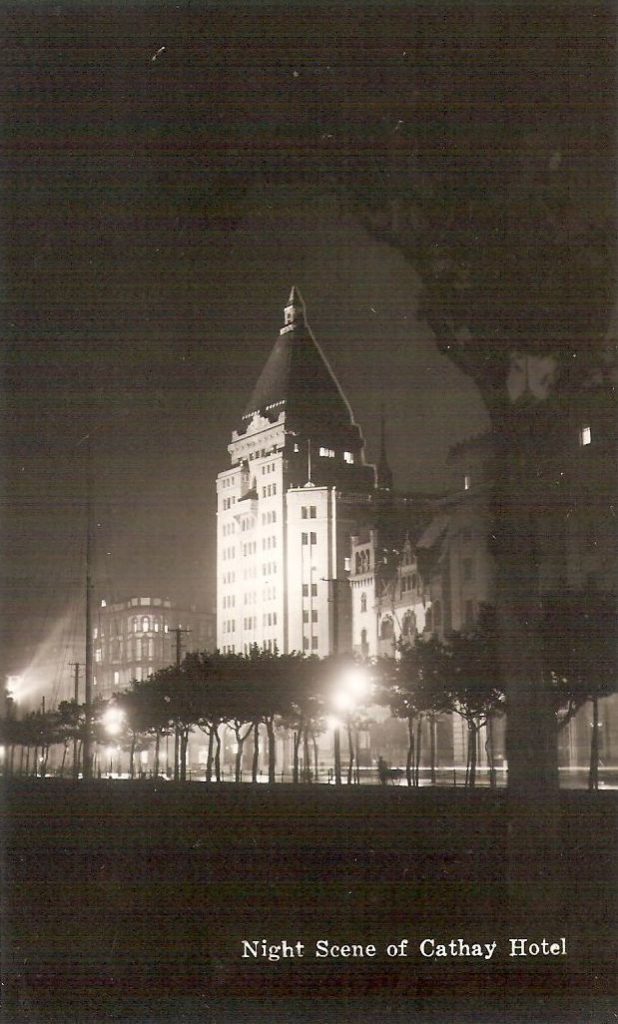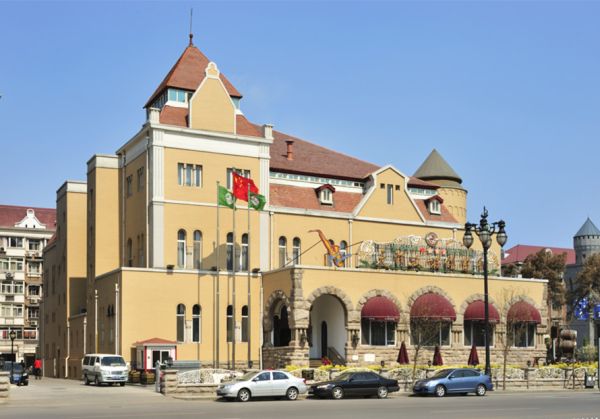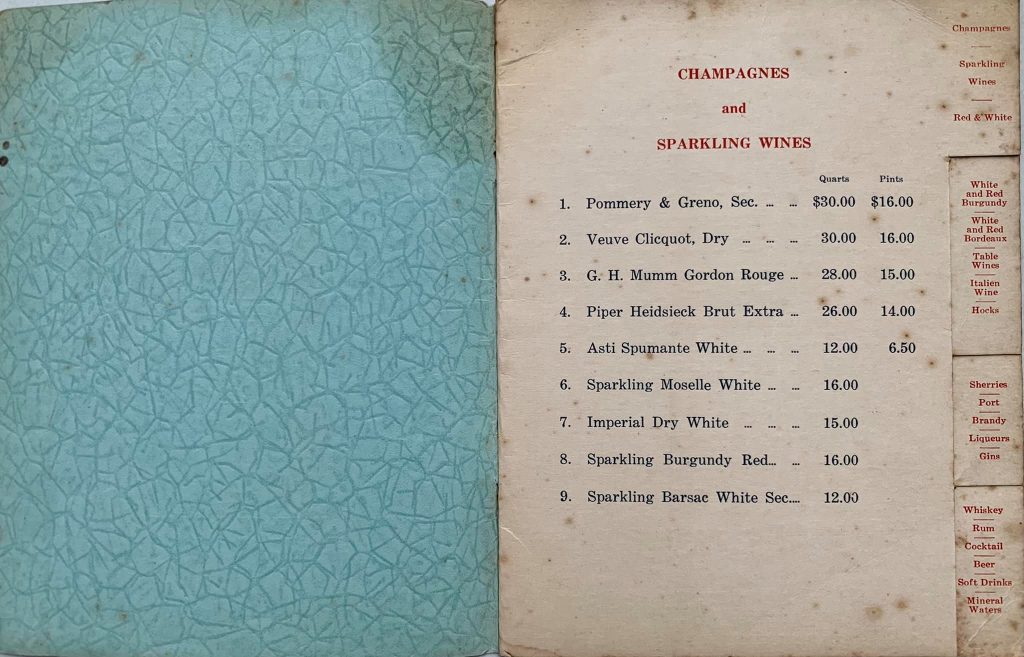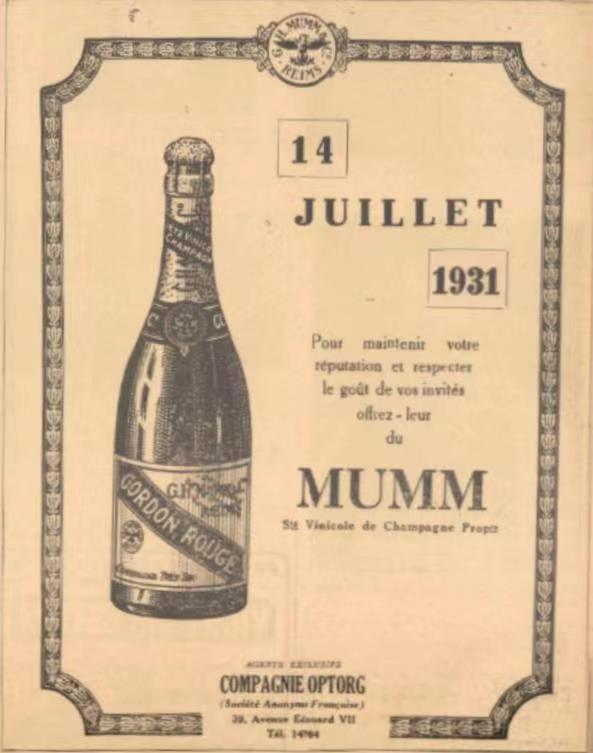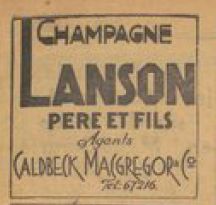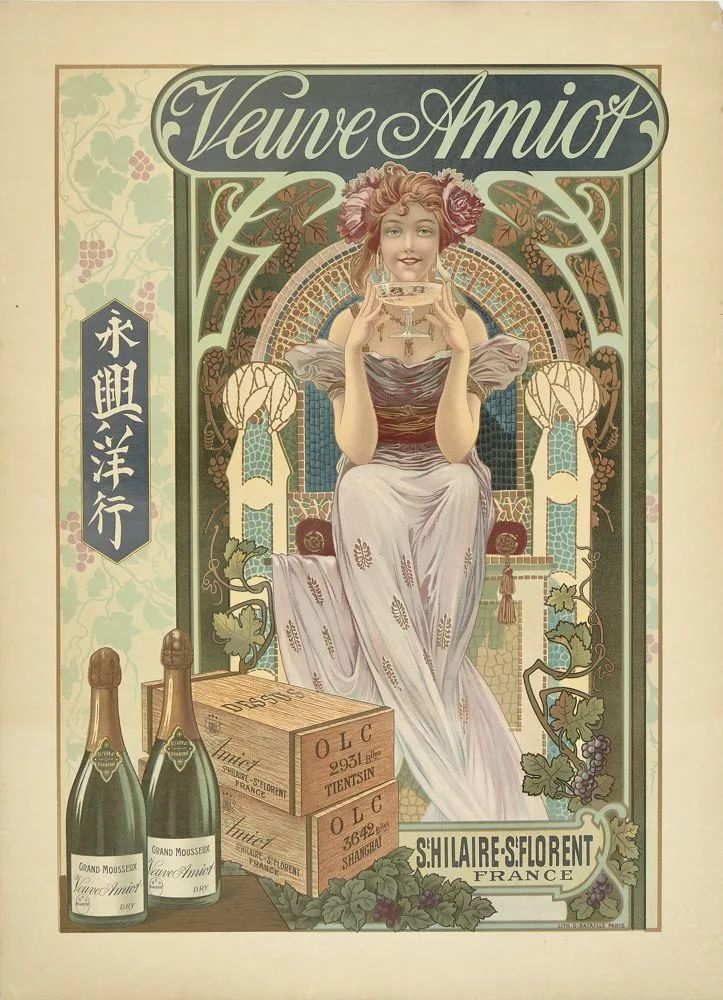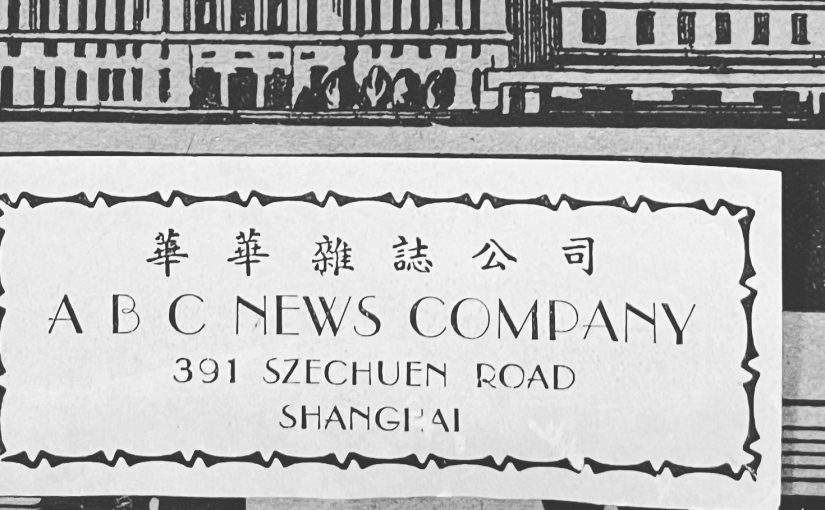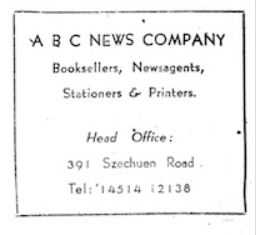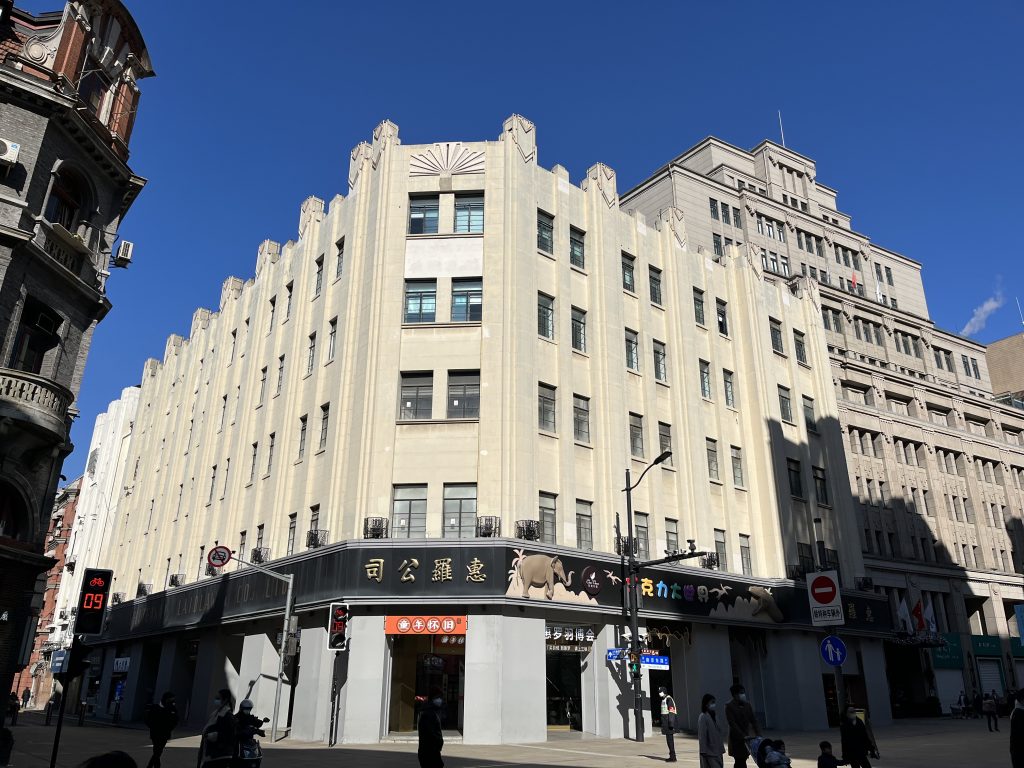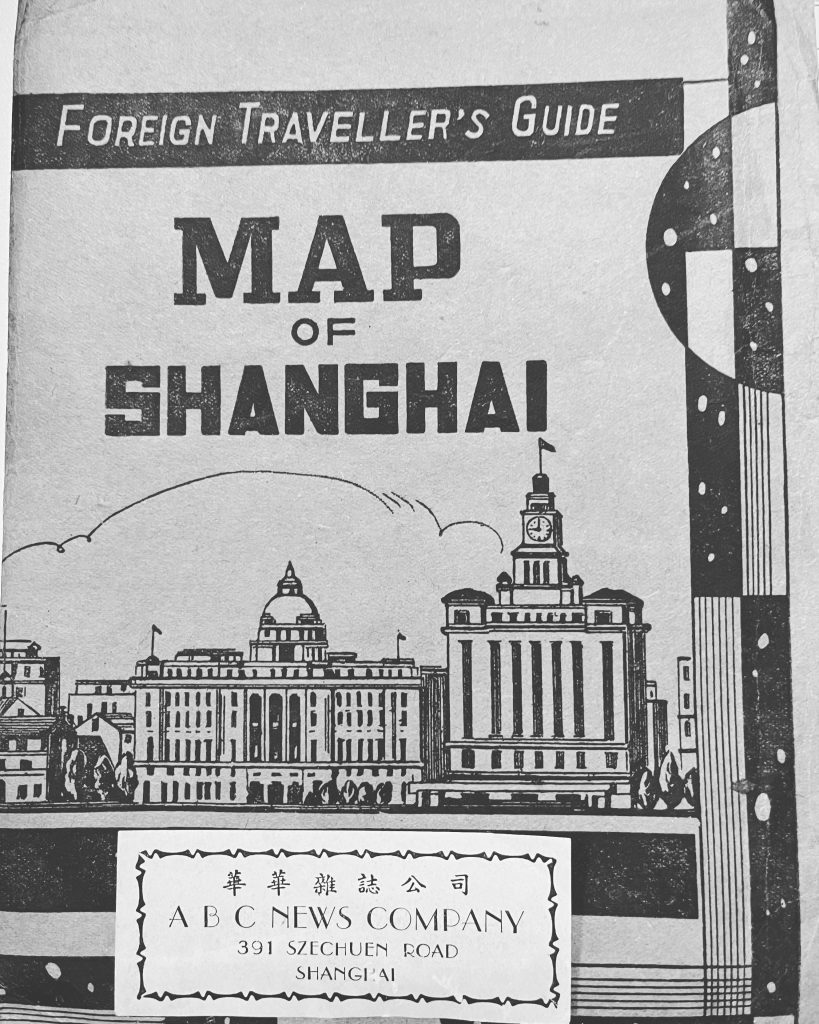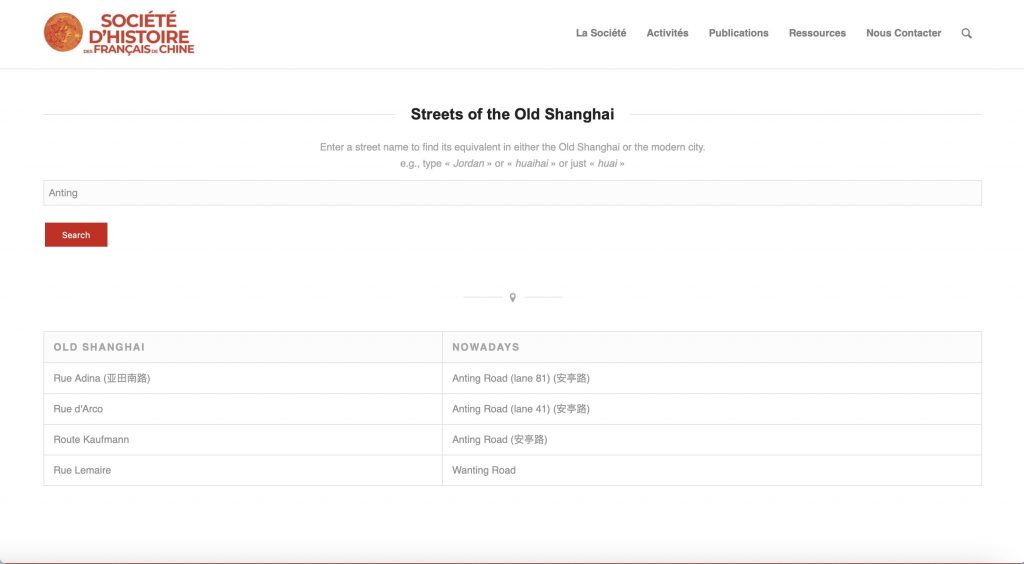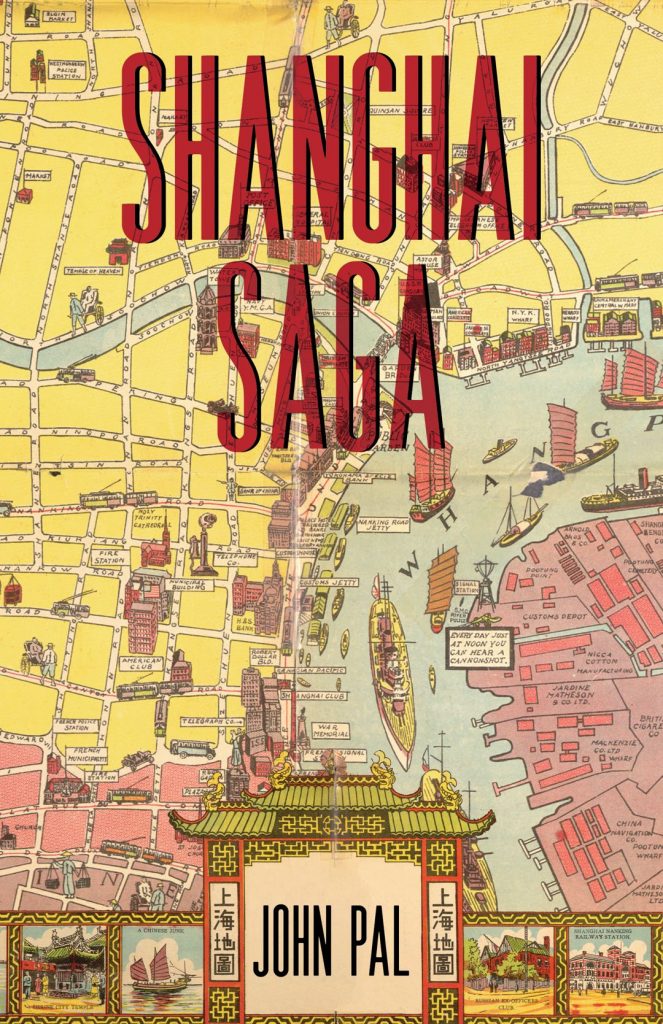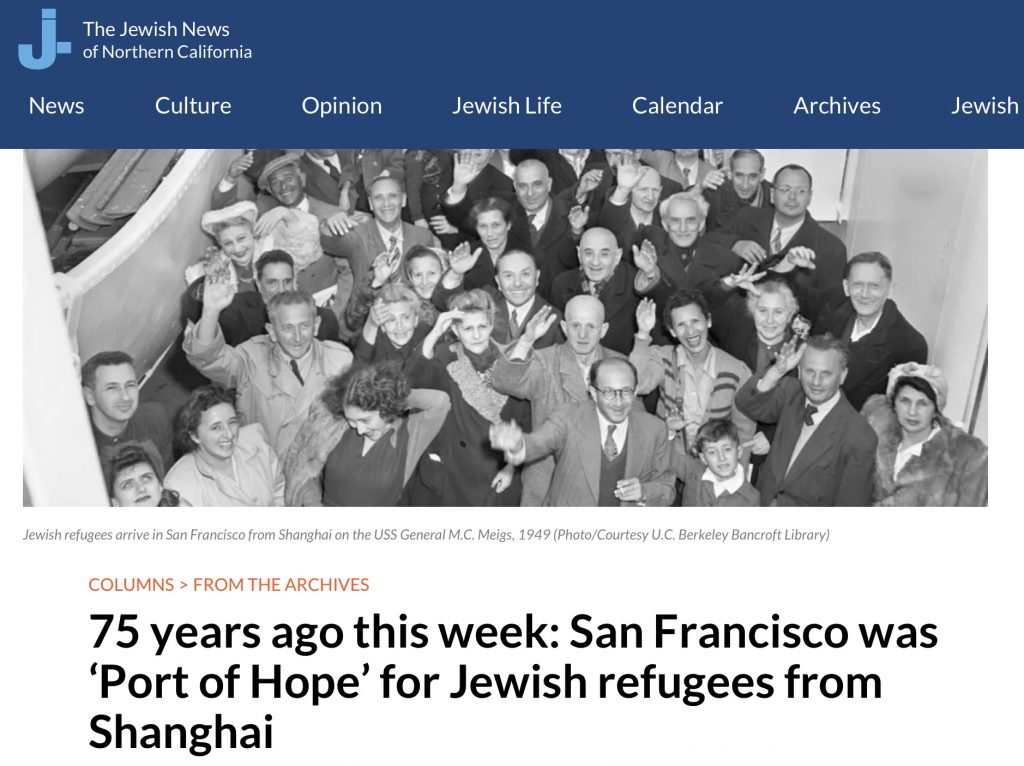Early 20th century Shanghai counted a sizeable German population although it did not have a German concession, unlike in Tianjin. The German Consulate was proudly standing on the North Bund, next to the US and Japanese Consulate (both the former German and US Consulates long ago).
Like the British, the French, the Americans, the Japanese and others, Germans had their own club in Shanghai. It was named the Concordia Club like many German clubs and associations all over the World, the name of the Roman Goddess of harmony, unity and agreement. Concordia Club started to be created in the US and other locations a few years after the creation of the German Empire in 1871.
Although I did not find information about the creation or picture of the original Concordia Club in Shanghai, the Club building was rebuilt between 1904 and 1907, under the direction of German architects Becker & Baedecker. The same firm also designed the former German post office in Shanghai, the now disappeared Dehua Bank Beijing Branch in Beijing and the German house now part of the Shanghai Conservatory compound. The foundation stone for the new club building was laid by Prince Adalbert of Prussia on October 22, 1904.
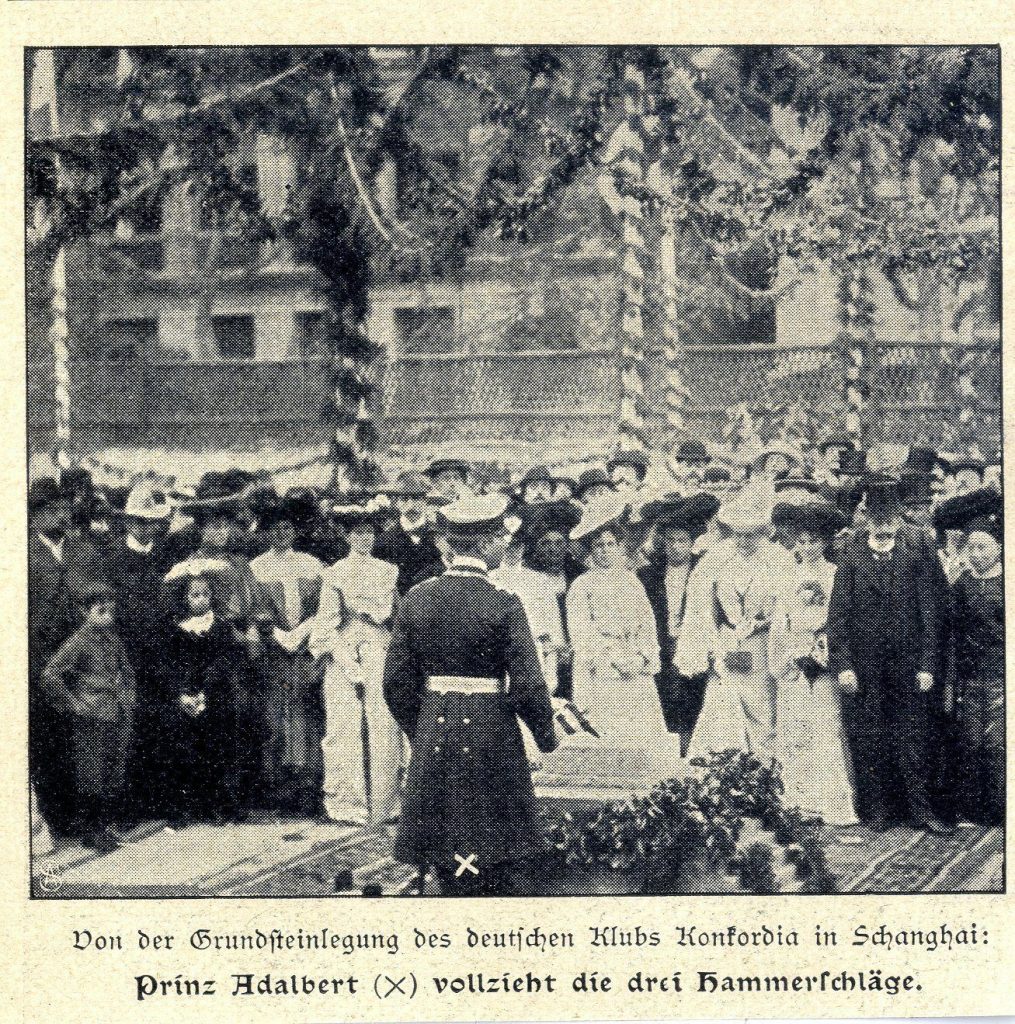
For the construction, the Concordia Club issued bonds of 100 Taels, for a total of 100.000 taels in July 1904.
The architecture style was German renaissance which was popular in Germany at the time.
It was located on 23 the Bund, between the Palace hotel and the British Consulate. The 6 storeys building stood out on the Bund, showing the might and power of the German Empire in Shanghai. It was also a few meters from the Monument dedicated to the Iltis, a German ship that sunk off the China coast in 1898.
The club was the center of the social life of the community, where German business people would gather for meeting. Although I did not find a reliable information, it seems that the Concordia Club was also open to (German) women, as opposed to the Shanghai Club, the British Club that was only open for men (but took a few foreigners). It was also a place where Germans in the city could meet and where formal events in the German community took place. The below picture shows an invitation for a masked ball on 29th February, signed by “Der Vorstand”, i.e. the committee (the year is probably 1908 or 1912). Cost of Supper was 3 dollars.
As with all Germany’s possessions abroad, the Shanghai Concordia Club was confiscated following the 1919 Versailles Treaty. It was then acquired by the Bank of China that used it as its headquarters in Shanghai. The image of the building was printed on some of the bank’s banknotes.
Construction on the Bund continued in the 1920s. The new Sassoon House, home of the Cathay hotel (today Peace Hotel) built next door in 1929 made it look particularly small. The former Concordia Club was demolished in the 1935 to make way for the new Bank of China tower on the Bund.
A Concordia Club was also built in Tianjin in 1907. As opposed to the Shanghai one the Tianjin Concordia Club building still stands.
For more information about clubs in Old Shanghai, go to post “Shanghai Club revival” and “Inside the Cercle Sportif Français“.
